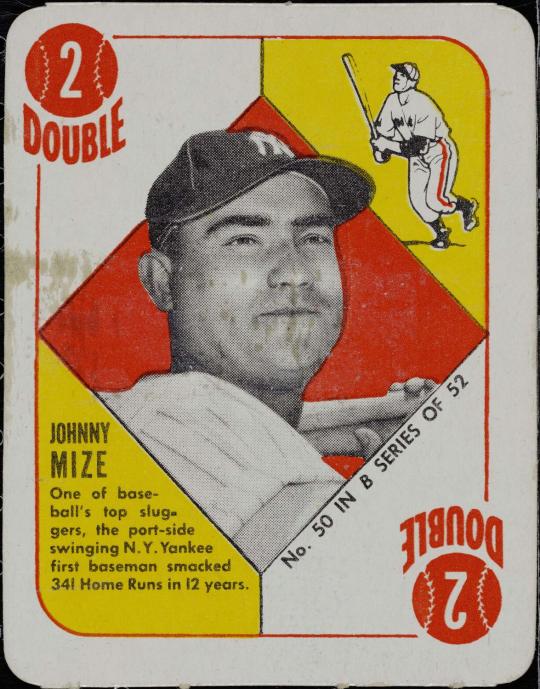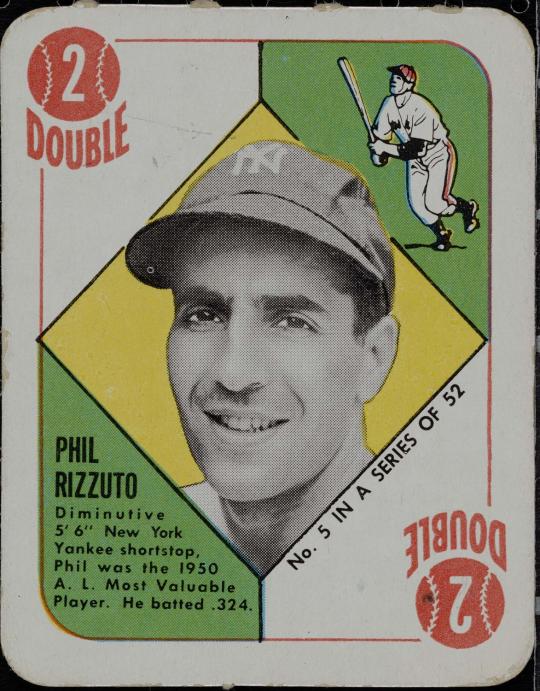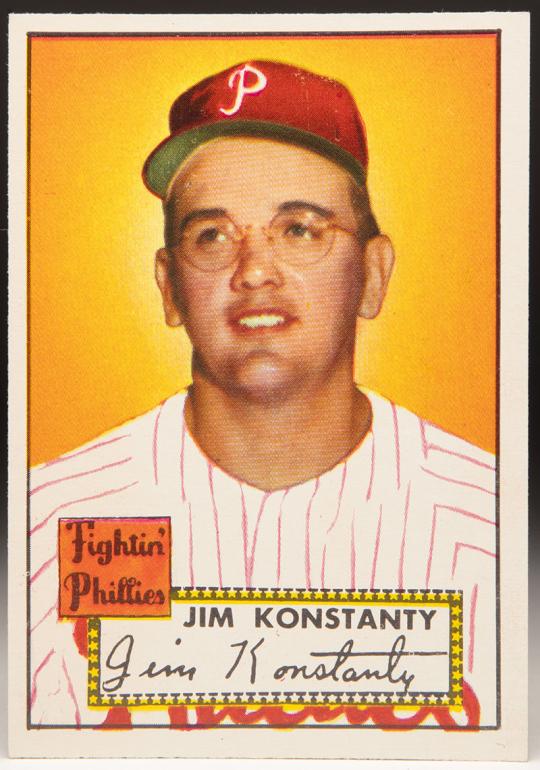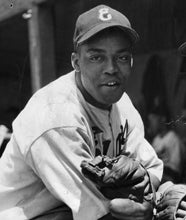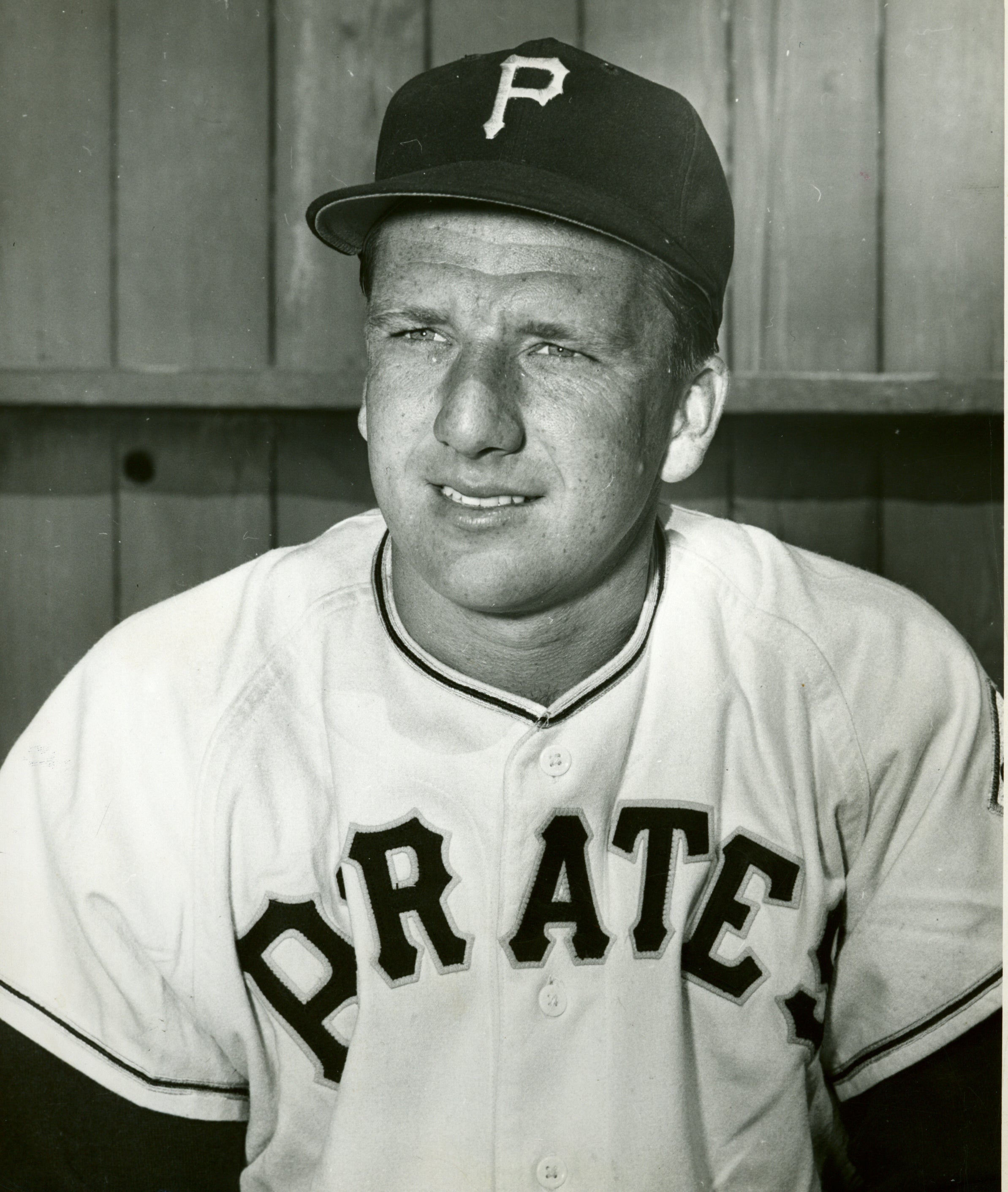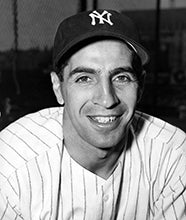- Home
- Our Stories
- Topps entered baseball card market with first set in 1951
Topps entered baseball card market with first set in 1951
For decades, Topps has been the industry leader among baseball card companies.
So it’s hard to believe that the company’s first foray into the industry was considered somewhat of a failure.
Seventy years ago, in 1951, Topps released its first set of baseball cards. The company, which originated as a Brooklyn-based chewing gum business, had previously produced a number of other trading card sets, including popular culture card sets and Magic Photo Cards that featured baseball players, among other sports stars. But Topps had never released a full baseball set, and Bowman had dominated the baseball card trading market of those years up to that point.
At the time, baseball was king in the sports world – so as card trading grew in popularity, creating a set of baseball cards was a no-brainer for Topps.
“If you talk about the late 40s and early 50s, neither basketball, nor football, nor soccer, nor NASCAR – none of it was the way it is today, so 90 percent of the passion of sports was focused on baseball,” John Odell, the Hall of Fame’s Curator of History and Research, said. “It was literally the 800 pound gorilla back in those days.”
But the 1951 set Topps debuted with has little in common with the Topps sets fans collect today. At two by 2 5/8 inches, the cards are considerably smaller than a typical baseball card. The design on the front looks similar to a playing card, with a black and white portrait of a player in the center of a colored diamond-shaped background and a small section of biographical information printed in the bottom left-hand corner.
Additionally, each card features a specific game action in the top left and bottom right corners, such as a single, double or ball. Players could use these actions to play a game of chance with the cards that involved turning over one card at a time to reveal a result of each pitch.
Cards in the set had either a blue or red design on the back, and thus were referred to as Red Backs and Blue Backs. Fifty-two different cards of each color were produced, making a total of 104 different players featured in the set, including future Hall of Famers Richie Ashburn, Yogi Berra, Bobby Doerr, Bob Feller, Monte Irvin, Ralph Kiner, Phil Rizzuto, Red Schoendienst, Enos Slaughter, Duke Snider, Warren Spahn and Early Wynn. Cards were sold in packs of two for a penny.
Given the cards’ small size, scant biographical information and lack of color images, Topps’ first set fell fairly flat when it was released in 1951.
“They’re really unimpressive, quite frankly. It’s really funny to look at them, and go, ‘Wow, this morphed into the cards we know today?’” Odell said. “But in retrospect, you realize it was sort of a beta test for Topps to see if they could do this.”
The Blue Backs and Red Backs weren’t huge sellers, but they sold well enough to enable Topps to come out with another set the following year. With the 1952 set, Topps began to establish itself as an industry leader.
Looking to change directions with their second set, Topps enlisted marketing guru Sy Berger, along with graphic artist Woody Gelman, to design the 1952 set. The two famously sat at Berger’s kitchen table in Brooklyn in the fall of 1951 and got to work, cutting out and assembling the new design.
What Berger and Gelman came away with bore almost no resemblance to the original 1951 set. The 407-player set featured large, color images, team logos, facsimile autographs and extensive biographical information on the backs. The cards were an instant hit.
“You look at the 1952 cards, and you go, ‘This is what I would buy,’” Odell said. “What Berger and Gelman did was just 180 degrees from what the 1951 cards are. It’s as dramatic a change as there ever was at Topps. Rookie year and sophomore year – just night and day.”
Following the release of the 1952 set, Topps card collecting began to explode in popularity. The company became so dominant in the decades to come that, in 1980, a monopoly lawsuit resulted in a court order that opened the market to several other competitors. But Topps maintained its popularity through it all, and still produces dozens of new card sets each year.
The Hall of Fame’s collection contains more than 200,000 baseball cards, many of which are on display in the Museum’s Shoebox Treasures exhibit – including several cards from the 1951 Topps set that started it all.
Compared with the more popular sets that came after it, the 1951 set holds little monetary value nowadays. But the true value behind the set is in the revolution it sparked at Topps in the years to come, laying the groundwork to help shape the company into the industry giant it is today.
Janey Murray was the digital content specialist at the National Baseball Hall of Fame and Museum
Related Stories
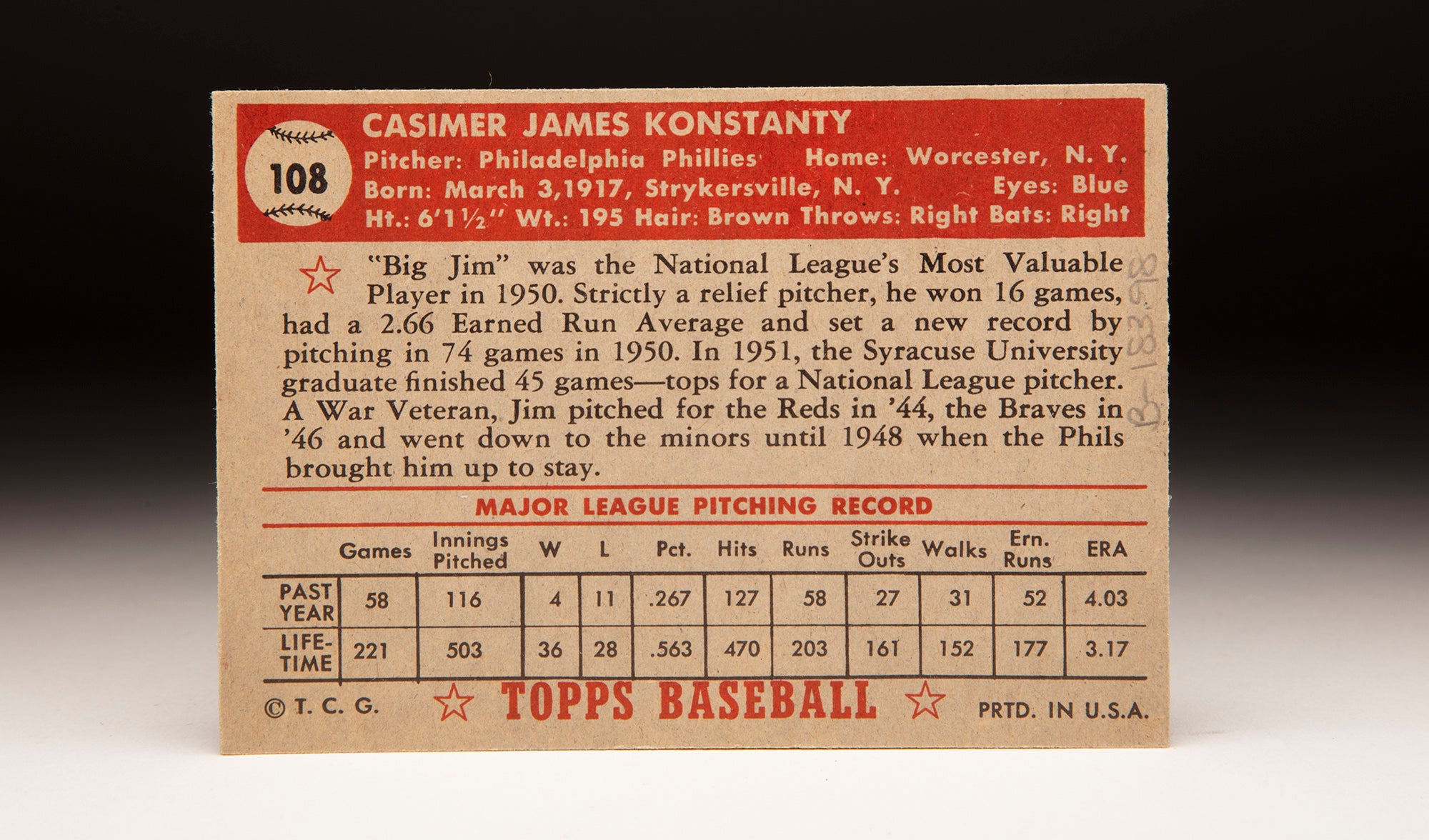
Topps transformed baseball cards from hobby to passion
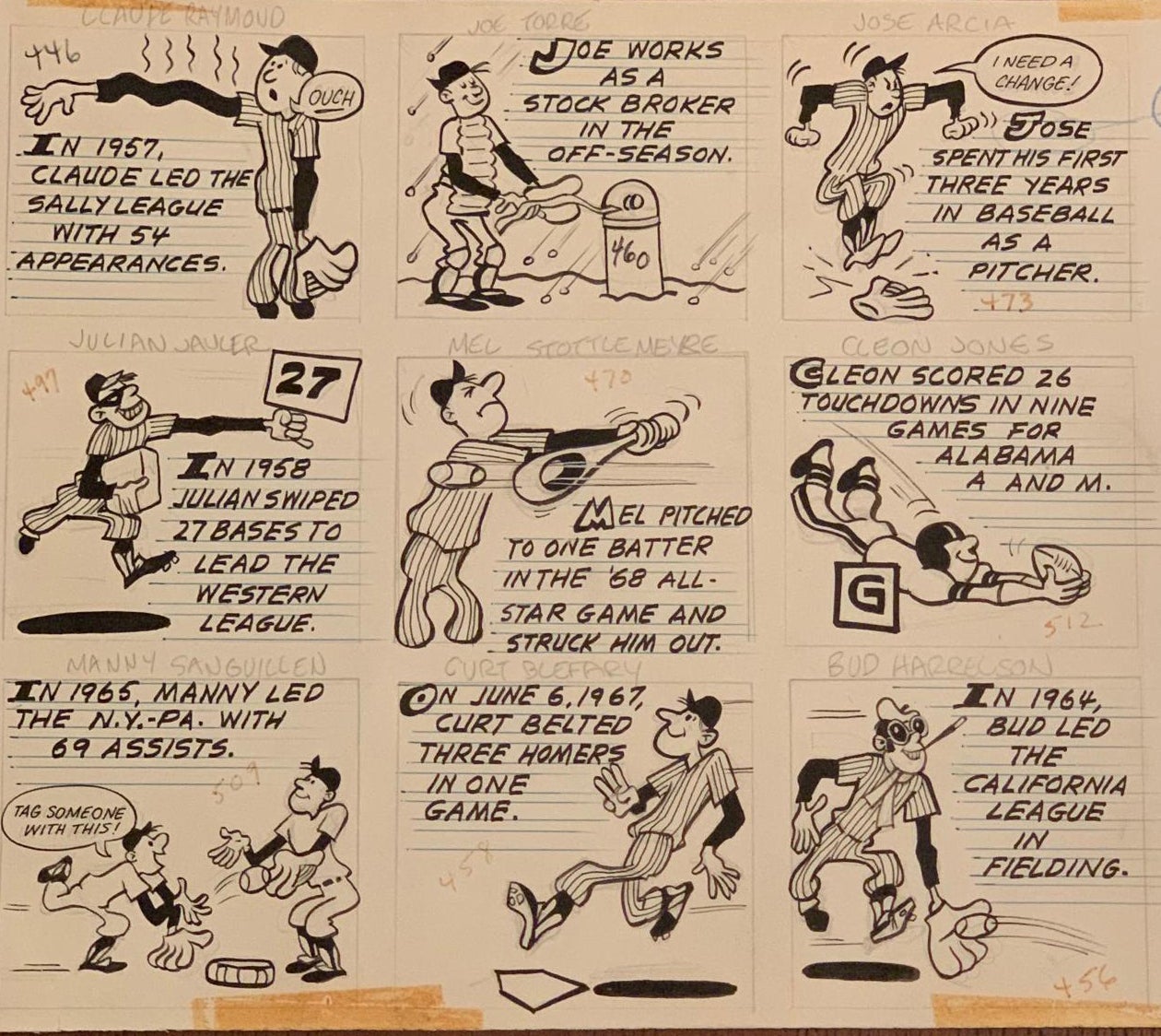
Cartoon artwork from Topps cards part of history
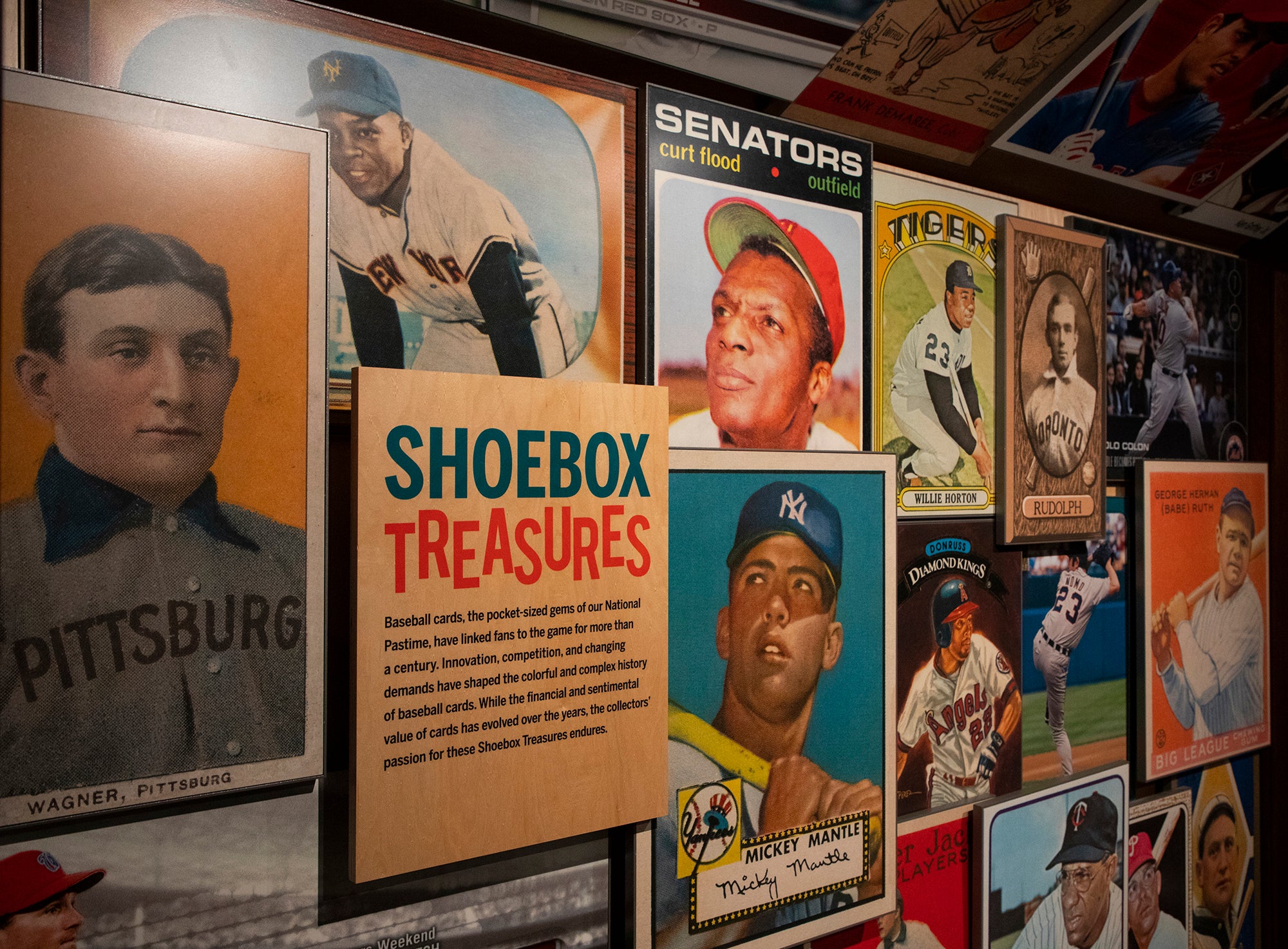
Museum's Shoebox Treasures exhibit tells the story of baseball card collecting

New PWCC cards in Shoebox Treasures highlight integration of baseball

Topps transformed baseball cards from hobby to passion

Cartoon artwork from Topps cards part of history

Museum's Shoebox Treasures exhibit tells the story of baseball card collecting


